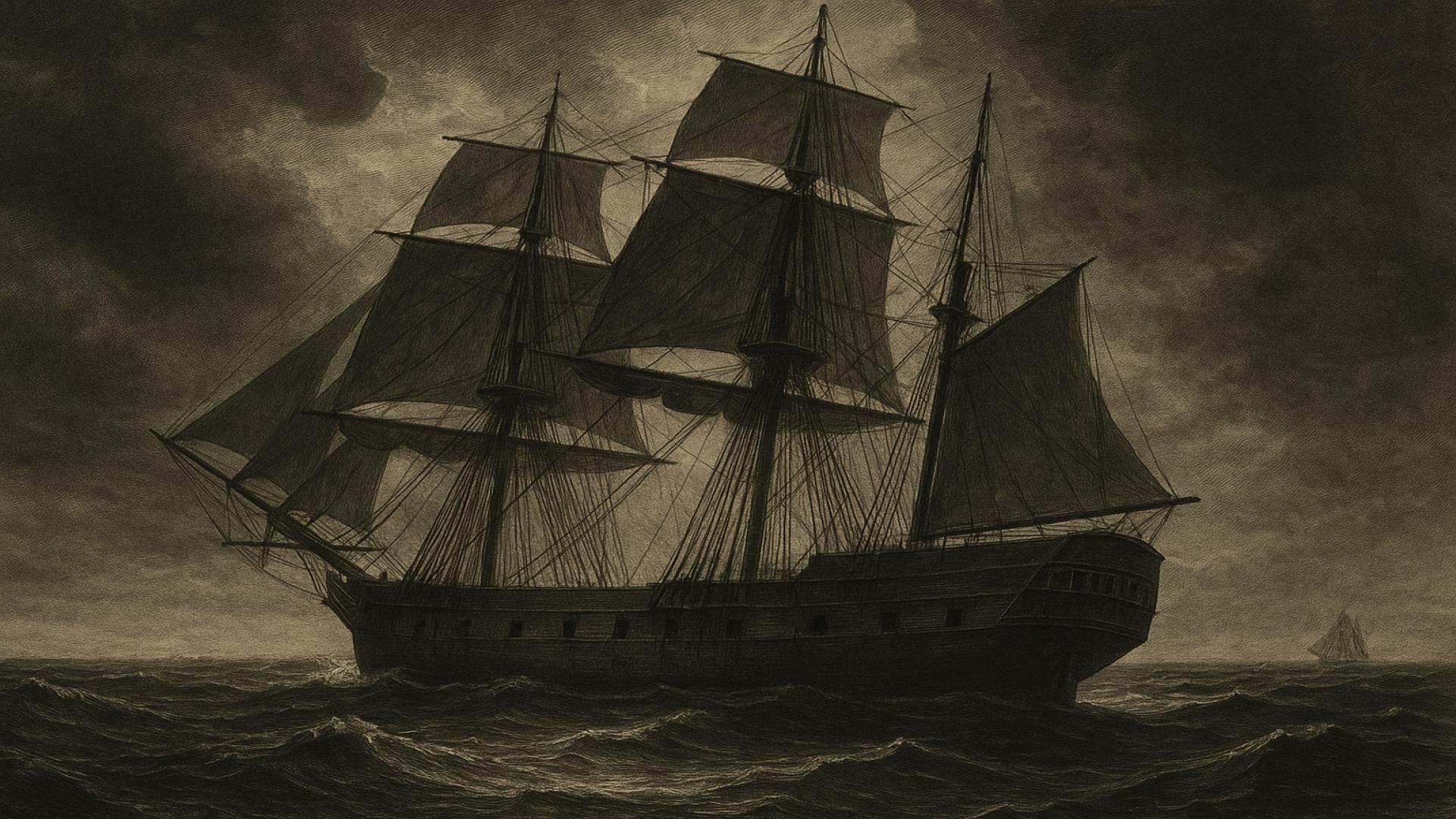1. Forced Capture and March to the Coast

The ordeal began long before the sea voyage. Africans were violently captured in raids or wars, often by rival groups or slave traders. Once seized, they endured agonizing marches—sometimes hundreds of miles—toward the coast. Many died from exhaustion, malnutrition, or abuse along the way. Those who survived were herded into crowded, filthy forts and dungeons, awaiting shipment. This initial stage inflicted deep psychological and physical trauma, setting the stage for the suffering yet to come.


















